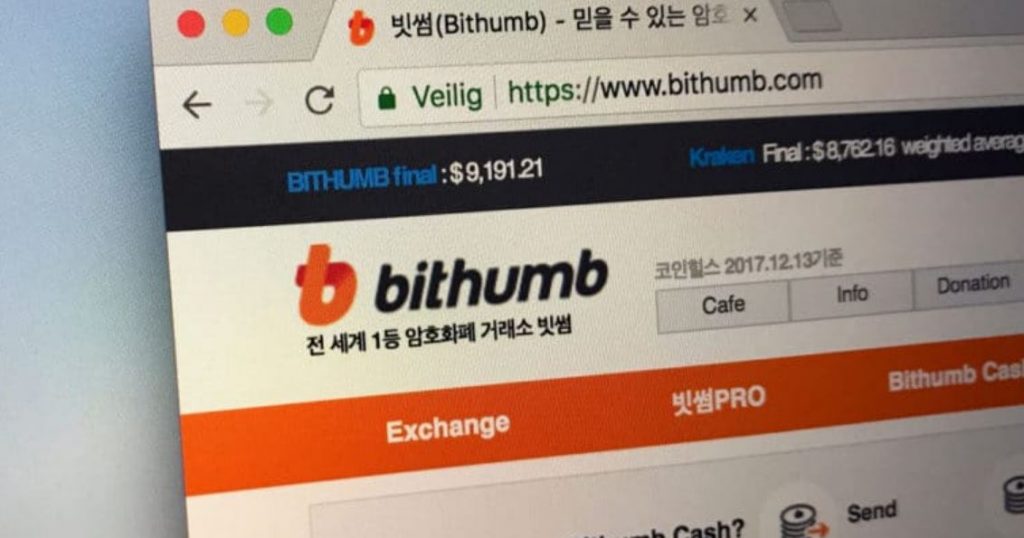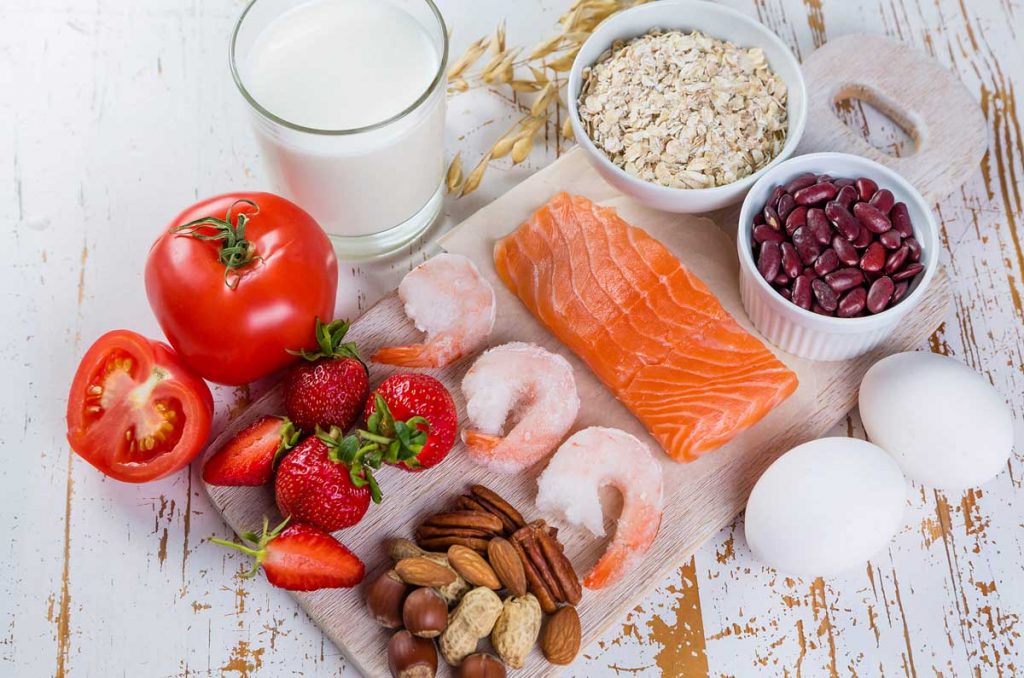Comparing Five Vitamin C Health and Wellness Products Listed on Amazon
Ever since I can remember, when the colder weather would arrive we would start taking vitamin C supplements. The main reason was to prevent a cold. I'm not sure how effective it was, but it was the norm when we were younger. So, as the colder weather arrives, I've decided to do a vitamin C comparison, from products sold on Amazon. Enjoy!
Nature Made Vitamin C 1000mg, 300 Tablets
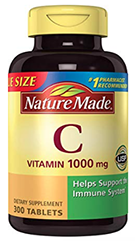 Vitamin C is an antioxidant that helps support the immune system and helps neutralize free radicals in the body. Additionally, vitamin C is necessary for the body to manufacture collagen, which is important for healthy skin.[1] Nature Made Vitamin C 1000 mg is ideal for those looking to supplement their diet, if it is low in fruit and vegetables, to meet daily vitamin C nutrient needs.
Vitamin C is an antioxidant that helps support the immune system and helps neutralize free radicals in the body. Additionally, vitamin C is necessary for the body to manufacture collagen, which is important for healthy skin.[1] Nature Made Vitamin C 1000 mg is ideal for those looking to supplement their diet, if it is low in fruit and vegetables, to meet daily vitamin C nutrient needs.
NOW Vitamin C-1000 Sustained Release, 250 Tablets
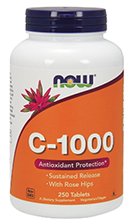 Vitamin C is a water soluble nutrient well known for its vital role in the immune system.[1] Vitamin C is also necessary for the production of collagen (a structural protein in connective tissue) and is therefore important for skin, bone, and joint health.[1] This product was specially formulated to provide a sustained release of Vitamin C and includes Rose Hips as an added source of Vitamin C.
Vitamin C is a water soluble nutrient well known for its vital role in the immune system.[1] Vitamin C is also necessary for the production of collagen (a structural protein in connective tissue) and is therefore important for skin, bone, and joint health.[1] This product was specially formulated to provide a sustained release of Vitamin C and includes Rose Hips as an added source of Vitamin C.
Nature's Way Vitamin C 1000 mg with Bioflavonoids
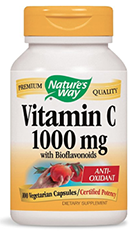 Nature's Way Vitamin C 1000 mg with Bioflavonoids is produced to superior quality standards to provide powerful antioxidant protection.[1] Our Vitamin C is always gluten free and vegetarian.
Nature's Way Vitamin C 1000 mg with Bioflavonoids is produced to superior quality standards to provide powerful antioxidant protection.[1] Our Vitamin C is always gluten free and vegetarian.
Viva Naturals Premium Non-GMO Vitamin C with Bioflavonoids & Rose Hips, 1000 mg, 250 Veg Caps
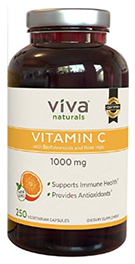 Viva Naturals Vitamin C delivers a high-quality dose of Quali-C, one of the world’s leading brands of this essential nutrient. Formulated with citrus bioflavonoids and rose hips that provide additional antioxidant support, Viva Naturals Vitamin C not only supports immune health, but it can help fight wrinkle-causing free radicals and aid with your body’s ability to produce skin-firming collagen as well.[1]
Viva Naturals Vitamin C delivers a high-quality dose of Quali-C, one of the world’s leading brands of this essential nutrient. Formulated with citrus bioflavonoids and rose hips that provide additional antioxidant support, Viva Naturals Vitamin C not only supports immune health, but it can help fight wrinkle-causing free radicals and aid with your body’s ability to produce skin-firming collagen as well.[1]
MegaFood – Complex C, Supports Immunity and Well-being with Rosehips and Orange, Vegan, Gluten-Free, Non-GMO, 90 Tablets
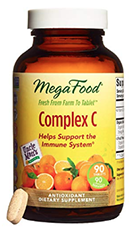 Complex C is a natural blend designed to support the immune system against everyday threats. We bring together two blends of botanicals and fruits with organic amla fruit, green pepper, rosehips, orange, and more. Each ingredient contributes antioxidants like vitamin C to help boost your natural immune defenses. Complex C supports your immune system with an edge to promote a happy, healthy life.[1]
Complex C is a natural blend designed to support the immune system against everyday threats. We bring together two blends of botanicals and fruits with organic amla fruit, green pepper, rosehips, orange, and more. Each ingredient contributes antioxidants like vitamin C to help boost your natural immune defenses. Complex C supports your immune system with an edge to promote a happy, healthy life.[1]
Vitamin C Customer Reviews on Amazon
Nature Made Vitamin C 1000mg, 300 Tablets
"After taking this for few weeks, I could feel a difference within my body. Vitamin C something that everybody should be taken. Along with taking other vitamins such as vitamin B12 in omega-3's highly recommended." – Ivana
"take vitamin c for my health. helps me stay healthy and keeps me from getting sick during flu and cold season. I take 2 a day and it still last me a long a time." – arnold
"A nice big bottle of Vitamin C. Probably should be eating oranges instead, but this is a boost of sunshine without peeling." – April G.

NOW Vitamin C-1000 Sustained Release, 250 Tablets
"Vitamin C needs to be taken in large doses of several thousand mg per day for the average human. Recent studies even recommend inravenous mega dosing in cases where the body has been severely compromised by stress. I take 2,000 per day, every day and have not had a cold or flu for many years. I'm 59 years old so that's saying a lot." – MamaFiner "
Great brand a great dosages. I am a flight attendant and had read that Vitamin C can help fight off cancer causing particles caused by the radiation emitted why flying long distances throughout North pole. So i started taking these daily, usually one with every meal, however sometimes more. I've read the key with vitamin c is to take a much as your body can take before getting a runny stool, then just take slightly less. Seems to work great for me. I'll continue with this brand." – A. Santos
"Can't deny the fact that this is one of my best supplements. Does wonders to my skin as well. Remember taking C1000 while pregnant with my second son and I never had any issue with flu even though my first son caught it and was with me all through. Will be buying this again and again. Had to share some of mine with my mom and friend. Great price and quality product." – Debbie O.

Nature's Way Vitamin C 1000 mg with Bioflavonoids
"This is a good brand of supplement. They are third party tested by a lab in Canada for purity. I have trouble swallowing some of the Vitamin C pills because they are large. I like these a lot because they are capsules and much easier to swallow. They also do not upset my stomach. I have taken many courses on vitamins and supplements and many brands are not worth your money. This is one of the low end price brands that is quality." – Kim
"These are vey easy to take capsules. I especially appreciate the high milligrams because I require quite. admittedly, the liposomal ones are better, but that formula is too expensive for me. Good price too. I take two a day. There is a threshold with this product. Linus Pauling, who had great results with treating cancer took 18,000 mg each day. I ended up with diarrhea so I had to cease. Many people I know take them with Vitamin e, vitamin A and Beta Carotene and none have progressed to Barrett's Syndrome doing so." – Amazon Customer
"My system really appreciates the vitamin C! I've been taking two a day with no issues. Vitamin C is important for so many things. My only complaint is I wish the capsules could be a tiny bit smaller. They've not much longer than my "size 0" capsules, but they're thicker." – Stacy H.

Viva Naturals Premium Non-GMO Vitamin C with Bioflavonoids & Rose Hips, 1000 mg, 250 Veg Caps
"Perfect! The Victory Labs Vitamin C ended up being the perfect choice for me! I had surgery yesterday, and while trying to prep for it, I had to stop taking my muscle relaxers 2 weeks prior. Within 3 days, I could barely move. I purchased a bottle of Collagen and it recommended taking it with vitamin C for absorption. I think I read every label, hoping to get the best product for the money. The reviews For Viva Labs were great! I also based my decision for the Non-GMO product. I am very impressed with my results, and will continue to buy this product!!" – Ruthie
"I have gone thru 2 bottles of this vitamin C and no sickness, even with the flu in the house and at work. People are dropping like flies to the flu not me. Oh by the way no flu vaccine either." – walker
"I was so pleased to find a quality Vitamin C supplement in capsule form (I really don't care for those tart chewables), and I think the dosage size is great. I've been taking one 1000 mg capsule a day for a couple months. I got a little busy recently, and was taking them sporadically. After a long Labor Day weekend I somehow ended up with a cold. I woke up with a sore throat and sniffles…oh no. I took 4 capsules (4000 mg) a day, and knocked out the cold in three days. I would definitely recommend these, and I think a great value for this huge bottle." – comfortlover

MegaFood – Complex C, Supports Immunity and Well-being with Rosehips and Orange, Vegan, Gluten-Free, Non-GMO, 90 Tablets
"Taking this to lower my LDL-P as part of the double Nobel winner – Dr. Linus Pauling – therapy, along with L-proline & L-lysine. I'm off statins and rid of the nasty cramps statins gave me. Not to mention the likely dementia issues down the road. I tend to agree with the argument that whole vitamin C is better than ascorbic acid alone – which is like the shell of the molecule, missing the co-factors etc." – Elector
"I was taking the synthetic version of vitamin C, but after doing some research, I determined that natural Vitamin C with all the supporting nutrients like bioflavinoids, anthocyanins, etc., is the only way to go. The supporting nutrients along with the vitamin C work in synergy for a more profound effect on the body. Food based supplements is the way to go." – Health & Happiness
"Expensive, but simply the best way to take in your vitamin C beside drastically changing your diet. I take 2-4 on days when I am getting over a cold or trying to clear up sinus infection naturally along with Zink and Garlic pills. Take 1 to boost your immune system in winter. Goes a long way." – Krista

Additional Vitamin C Information
From its antioxidant value to the support of the immune system, Vitamin C has always been one of the most popular and well known vitamins. Vitamin C helps neutralize free radicals and helps iron get absorbed in the body. According to nutritionists and health experts, "Vitamin C not only provides much needed immune support, but it also contains antioxidant support to help combat and neutralize free radicals, the cell-damaging molecules associated with signs of aging."
Vitamin C, also called ascorbic acid, cannot be produced by the human body. It has to come from diet, as in the fruits and vegetables you eat, or through supplementation. Vitamin C is needed for the proper health and repair of multiple tissues in your body.
On the other hand, a life-threatening condition, called Scurvy, has been related to dietary vitamin C deficiency. The symptoms of scurvy include the ease of bruising and bleeding, and joint and muscle pains.
For maximum results, we need the best Vitamin C, a superior supplement that gives us… maximum absorption for quicker results… greater potency for stronger health support… and a body-friendly gentleness that will not upset the body's stomach or its pH balance. That's why I choose Dr. Alfred Libby's "Vital C". Vital C is NOT sold in stores or on Amazon. However, it will give your body a powerful flood of Vitamin C to help it get started right each day. If you'd like to learn more about Dr. Libby's Vital C, contact me, and I'll email you a link.
Jeffrey Sloe
Legal Disclaimer
[1] These statements have not been evaluated by the Food and Drug Administration. This product is not intended to diagnose, treat, cure or prevent any disease. Please consult your doctor before starting any exercise or nutritional supplement program or before using these or any product during pregnancy or if you have a serious medical condition.
[2] Based on US News & World Report – Pharmacy Times Survey.
[3] Product descriptions and reviews are from Amazon.com. The "Buy from Amazon.com" button are there for your convenience to learn more, read additional reviews, and/or to purchase the product(s).
References:
http://ods.od.nih.gov/factsheets/VitaminC-Consumer/
https://medlineplus.gov/ency/article/002404.htm
https://patient.info/health/vitamin-c-deficiency-leaflet
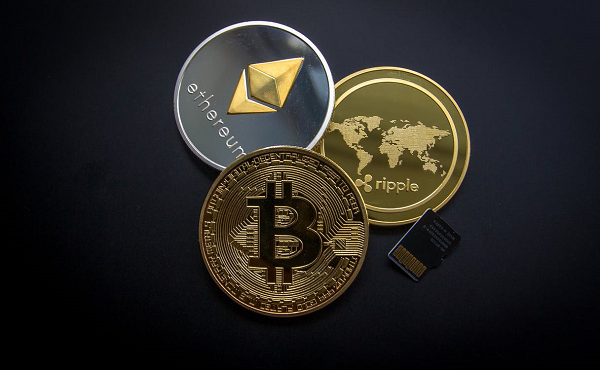






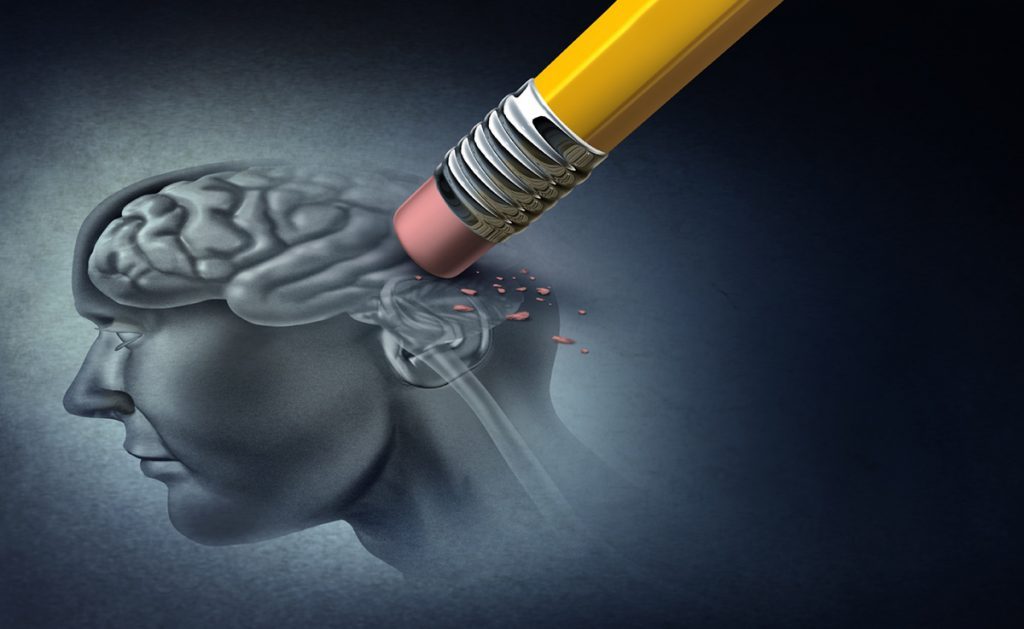


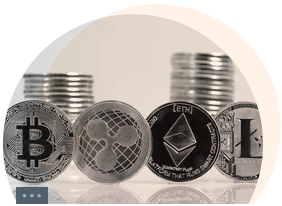
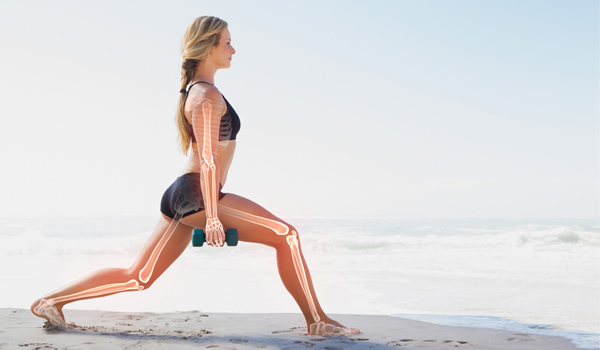



 Vitamin C is an antioxidant that helps support the immune system and helps neutralize free radicals in the body. Additionally, vitamin C is necessary for the body to manufacture collagen, which is important for healthy skin.[1] Nature Made Vitamin C 1000 mg is ideal for those looking to supplement their diet, if it is low in fruit and vegetables, to meet daily vitamin C nutrient needs.
Vitamin C is an antioxidant that helps support the immune system and helps neutralize free radicals in the body. Additionally, vitamin C is necessary for the body to manufacture collagen, which is important for healthy skin.[1] Nature Made Vitamin C 1000 mg is ideal for those looking to supplement their diet, if it is low in fruit and vegetables, to meet daily vitamin C nutrient needs.  Vitamin C is a water soluble nutrient well known for its vital role in the immune system.[1] Vitamin C is also necessary for the production of collagen (a structural protein in connective tissue) and is therefore important for skin, bone, and joint health.[1] This product was specially formulated to provide a sustained release of Vitamin C and includes Rose Hips as an added source of Vitamin C.
Vitamin C is a water soluble nutrient well known for its vital role in the immune system.[1] Vitamin C is also necessary for the production of collagen (a structural protein in connective tissue) and is therefore important for skin, bone, and joint health.[1] This product was specially formulated to provide a sustained release of Vitamin C and includes Rose Hips as an added source of Vitamin C.  Nature's Way Vitamin C 1000 mg with Bioflavonoids is produced to superior quality standards to provide powerful antioxidant protection.[1] Our Vitamin C is always gluten free and vegetarian.
Nature's Way Vitamin C 1000 mg with Bioflavonoids is produced to superior quality standards to provide powerful antioxidant protection.[1] Our Vitamin C is always gluten free and vegetarian.  Viva Naturals Vitamin C delivers a high-quality dose of Quali-C, one of the world’s leading brands of this essential nutrient. Formulated with citrus bioflavonoids and rose hips that provide additional antioxidant support, Viva Naturals Vitamin C not only supports immune health, but it can help fight wrinkle-causing free radicals and aid with your body’s ability to produce skin-firming collagen as well.[1]
Viva Naturals Vitamin C delivers a high-quality dose of Quali-C, one of the world’s leading brands of this essential nutrient. Formulated with citrus bioflavonoids and rose hips that provide additional antioxidant support, Viva Naturals Vitamin C not only supports immune health, but it can help fight wrinkle-causing free radicals and aid with your body’s ability to produce skin-firming collagen as well.[1] Complex C is a natural blend designed to support the immune system against everyday threats. We bring together two blends of botanicals and fruits with organic amla fruit, green pepper, rosehips, orange, and more. Each ingredient contributes antioxidants like vitamin C to help boost your natural immune defenses. Complex C supports your immune system with an edge to promote a happy, healthy life.[1]
Complex C is a natural blend designed to support the immune system against everyday threats. We bring together two blends of botanicals and fruits with organic amla fruit, green pepper, rosehips, orange, and more. Each ingredient contributes antioxidants like vitamin C to help boost your natural immune defenses. Complex C supports your immune system with an edge to promote a happy, healthy life.[1]

